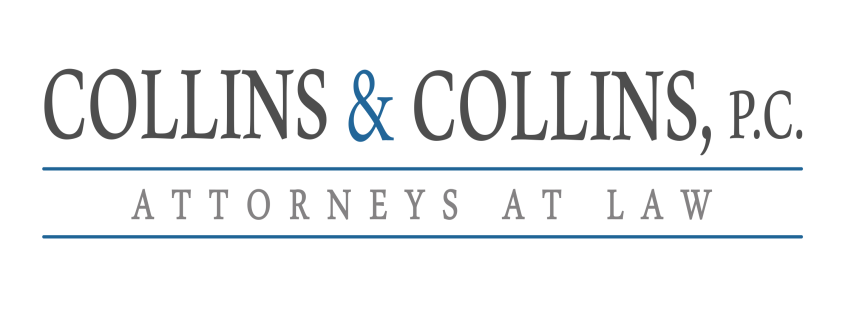The fact is that medical care can be quite hazardous to your health. The numbers on medical negligence, medication errors, and injury and wrongful death caused by these preventable medical errors are pretty stark. The numbers could make one fearful of a visit to a doctor‘s office or hospital.
Take heart care for example, there are a number of things that can be done to protect yourself and/or your loved ones. Some medical errors are easily prevented with a certain amount of vigilance on the part of the patient. There are few important, perhaps essential, measures that should be taken to protect yourself against preventable medical errors.
Patient Advocate
One of the most important things a patient can do is to have a patient advocate present at all important medical visits or procedures. The patient may not be in a position to protect himself in many situations, such as emergency care, surgery, hospital stays and other situations where the patient may not be fully cognizant of all that is happening around him. The patient advocate is there to act as the patient‘s eyes and ears to protect the patient to the necessary degree from possible harm by medical negligence.
Patient Identification
Remarkably, some preventable medical errors result from the fact that the medical providers are working on the wrong patient. This could be the result of simple medical error or inattentiveness of various medical providers and staff in the chain of care.
It is extremely important to make sure that all identifying information is correct in each and every chart or other document reviewed by the patient. This means checking all information.
This would obviously include the patient name. Likewise, it would include the patient‘s patient ID or social security number, or both if used by the medical provider. It may be that medical providers get into a hurry and check only one or the other so it is important that both are correct.
Identification of Health Issues
Just a surprising as the fact that medical providers can confuse the patient, the medical providers may confuse the health issue. It is important to make sure that all charts and documents related to your care accurately list the health issues for which you are being treated.
This problem, along with the problem with misidentification of the patient, can lead to some very serious problems. These include medication errors, which are rampant in hospitals with estimates suggesting every hospital patient will on average suffer one medication error per day. Some of these may be harmless. Others can have extremely serious and even deadly consequences.
Perhaps most troubling of all is the fact that medical providers may operate on the wrong organs or body parts. It has been recommended, by patient advocates, that the patient or his patient advocate actually mark the surgery site such as a big X on the arm to be operated on. If the surgery is on an internal organ, as a gentle reminder and to focus the medical providers attention, it might be advisable to actually write the name of the organ at the incision site.
Essential Precautions – Record Collection and Verification
In order to do some of the things above, it is necessary to review your medical file. It is important to request your medical records including all doctors and nursing notes after each visit.
This may make you uncomfortable, but it shouldn‘t. There are plenty of reasons for this practice including the issues set forth above. Beyond those reasons, it is important to review the records and notes to make sure that everything is accurate.
It is not just medical negligence that could cause errors in your file. It may very well be a simple lack of effective communication. The medical provider may have misinterpreted or otherwise misunderstood your comments during the visit.
This could be the result of inattention on the part of the medical provider. It could just as easily be the result of a failure by the patient to accurately and clearly explain the medical issues, symptoms of problems. This is another good reason to have a patient advocate.
In any event, you should review the records to make sure you and the medical provider have understood one another. Seeing it in writing may make it crystal clear that you have not.
Related Readings:
Hospital Medication Errors More Common Than One Might Think
Hospital Survival: The Numbers
Simple Surgical Checklist Can Save Patient Lives!
